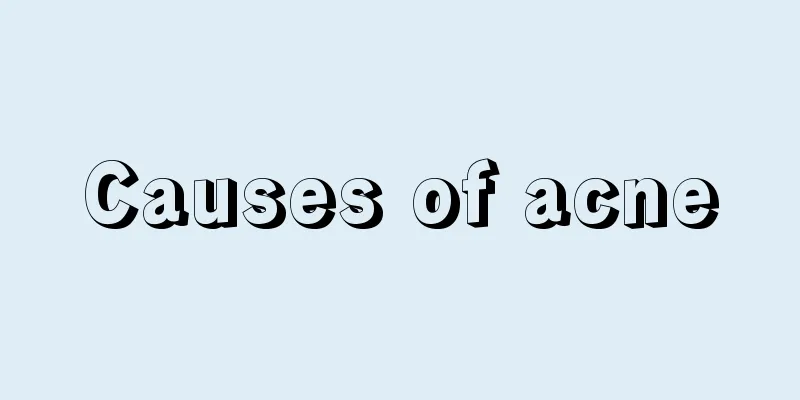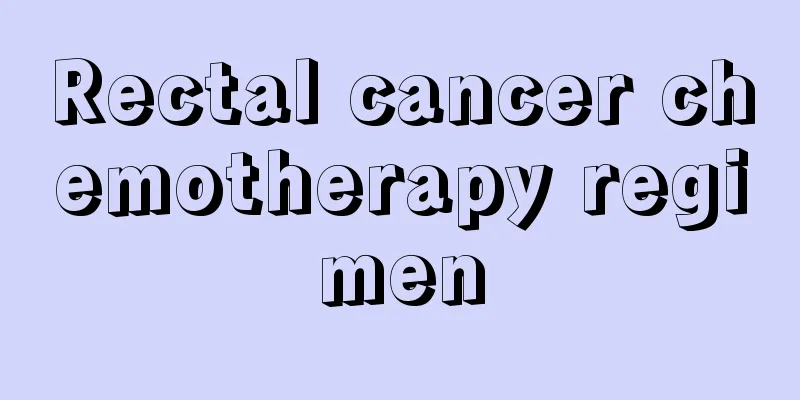Burn depth classification

|
Burns are divided into five major types, which are graded according to the degree of burns. Each level of burns has different effects on the skin. We can judge by the area of the burn, and according to the degree of burns, we need to choose different treatment methods. Generally, for minor burns, we can use burn ointment to treat them, but if there are large-area burns, we need to seek medical attention in time. 1. Burn depth classification and characteristics First degree (mild); Second degree burns with a total area of less than 10% (5% for children), epidermal damage, local erythema and mild swelling, and hypersensitivity to pain. II degree (moderate): II degree burns with a total area between 11% and 30% (6% to 15% for children) or III degree burns with an area of less than 10% (less than 5% for children), damage to the superficial layer of the dermis, local exudation, blisters, redness, swelling, and pain. Grade III (severe): The total area is 31% to 50% or the grade III area is 11% to 20% (5% to 25% for children) or the grade III area is 5% to 10%. The deep dermis is damaged and is light red with red spots on the surface. The pain sensation is dull and there are scars after healing. Grade IV (severe): The total area is between 51% and 80% (26% to 40% in children) or the grade III area is between 21% and 50% (11% to 25% in children). The entire layer of skin is damaged, there are no blisters or pain, and eschar may form. Grade V (extremely severe): The total area is more than 80% (more than 40% for children), or Grade III area is more than 50% (25% for children). 2. How to judge the depth of burns 2.1. First degree burns That is, erythematous burns. The clinical manifestations are mild redness, swelling, pain, heat, sensitivity, boils, dry skin, and the symptoms disappear within 2-3 days. This type of burn affects only the epidermis of the skin. 2.2 Superficial second degree burns That is, a large boil type burn. The clinical manifestations are severe pain in the local area of the burn, pain sensitivity and large ulcers. The wall of the scar is thin, the base of the wound is light red, and there is obvious edema; it heals in about 2 weeks, and no short scars are formed after healing, but there is pigmentation. This type of burn affects the epidermis and superficial layers of the skin. 2.3 Deep second degree burns That is, small blister type burns. The clinical manifestations are small blisters or rotten skin closely attached to the wound surface. After peeling off the epidermis, the base is slightly moist, red and white, with bleeding spots, obvious edema, and dull sensation. After being exposed for several days, small reticular embolic blood vessels may be found; healing takes 3-4 weeks. A short scar is formed after healing. This type of burn affects the epidermis and deep dermis of the skin. 2.4. Third degree burns That is, scorch-type burns. The clinical manifestations are that the burned area becomes leathery, waxy or carbonized. The pain disappears, the area becomes dry and edematous, and dendritic venous thrombosis may occur. The lesions will separate naturally in 3-5 weeks. Those with a width of less than 2 cm can heal. Otherwise, skin grafting is required. This type of burn affects the entire layer of skin and subcutaneous tissue. 2.5. Fourth degree burns The clinical manifestations are yellowish brown, burnt yellow or charred skin, loss of sensation, and limited movement: amputation (finger) or skin flap repair is required. This type of burn damages muscles, bones, and internal organs. 3. How to deal with burns Hygiene care. For burn patients, the main thing is to prevent further contamination of the skin, so the focus should be on physical examination and understanding the time, cause and environment of the patient's burns, first aid and treatment before admission to the hospital, and understanding the burn patient's medical history. Estimating the burn area and depth can determine whether the patient has inhalation injury. Treat symptomatically. For burn patients, the first thing to do is to ensure that their airways are unobstructed, so tracheal intubation, incision, and oxygen inhalation can be performed when necessary. Of course, this treatment measure is only taken for patients with larger and more severe burns. Rapidly establish an infusion channel. For burn patients, electrolyte solution was started, and blood was drawn to check blood type, serum electrolytes, hematocrit, liver and kidney function, blood osmotic pressure, blood gas analysis, carboxyhemoglobin concentration, and bacterial culture. Place a urinary catheter and observe the hourly urine output of the burn patient, paying attention to the presence of hemoglobinuria and hematuria. |
<<: Can burn scars be removed?
>>: How many days will it take for a mild burn to heal
Recommend
A family of three passed away one after another! Reminder: Keeping 4 kinds of food in the refrigerator for a long time is a "cancer accomplice"
On a warm weekend afternoon, I stood under the sp...
Brief discussion on the research overview of glioma
Glioma is a difficult disease that occurs frequen...
If you have breast cancer, you may have a painless swelling
If you have breast cancer, you may have painless ...
How much does glioma surgery cost
How much does glioma surgery cost? Glioma, also k...
Does fennel have an aphrodisiac effect?
Fennel is a common vegetable, but many people don...
How harmful are fibroids?
Many people are familiar with fibroids, but they ...
Is autism a karmic disease?
Autism usually begins in infancy and early childh...
Can black tea lower blood sugar?
There is a big difference between black tea and o...
What to do when your face is itchy and peeling? It turns out there are 6 ways
Itching and peeling on the face is a common skin ...
What are the dietary treatments for pancreatic cancer?
The occurrence of pancreatic cancer is a huge dis...
Prostate cancer patients who love exercise live longer
Researchers reported that a study has shown that ...
What to do if your nostrils are blocked
People with low immunity often suffer from colds ...
There are little red spots on my arms
In summer, we often see some small red spots grow...
What are the clinical manifestations of herpes?
Herpes can be divided into shingles, genital herp...
The scalp is falling off in large pieces
Many young people often encounter a problem in li...









